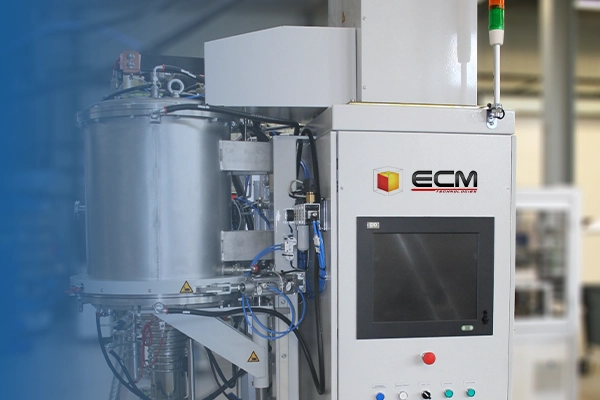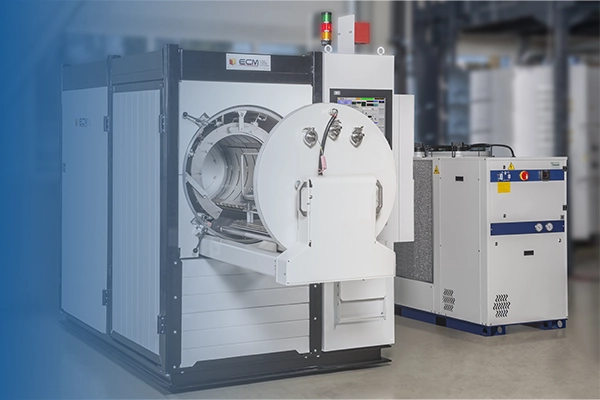
Liliput
Allow high added value applications for heat treatment.

Turquoise
For oxidation-sensitive alloys such as nickel, titanium, etc.
An annealing furnace is essential for heat treatment, designed to modify & increase the properties of metals. The annealing process increases ductility, eliminates stress and reduces hardness, making materials more suitable for machining and further processing. Parts can be vacuum annealed or under controlled atmosphere with a vacuum annealing furnace.
The parts must be heated above their recrystallization temperature. This encourages the creation of new grains and allows the reorientation of grains already formed. The metal’s internal stresses are reduced by the rearrangement and formation of grains, wich also improves the flow of the crystal structure.
The aim of the microstructure’s modification is to remove stress or modify properties such as hardness, strength or ductility in the crystalline structure of the material being annealed.
The annealing process is also used to increase magnetic and electric conductivity of materials which made this process ideal for magnetic and electronic components.
This process is often performed after a material has undergone a hardening or cold working process to prevent it from brittle failure or to make it more formable for subsequent operations.
The exact time and temperature depends on the material itself, on the amount of prior cold work, solute concentration, and type of the desired annealing treatment.
During this phase, the part is heated to a temperature that must remain below the melting point. The temperature must be controlled to avoid large thermal variations which could induce internal stresses that could weaken the material’s structure and compromise its mechanical properties.
This phase restores ductility and softens the material.
During this stage, the temperature must reach the recrystallization temperature. As in the previous stage, the temperature must remain below the melting point.
It is during this phase that the crystalline structure is reorganized, forming a new granular structure.
This restores the material’s pre-treatment properties.
After these two steps, the material is cooled down. The cooling rate can vary according to the desired mechanical properties to be reached.
There are two cooling techniques:
Do you have a question or a project ?
Would you like more information, to entrust us with a project or meet our teams ? Fill in our form and our teams will get back to you as soon as possible!